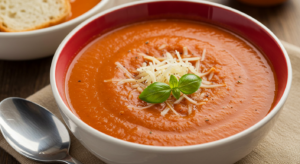When you’re looking to cook up a juicy steak, there’s a vital part of the cooking process many tend to overlook — the resting time. The lapse after coming off heat, and before cutting, allows the distribution of juices, tenderizing the cooked muscle fibers.
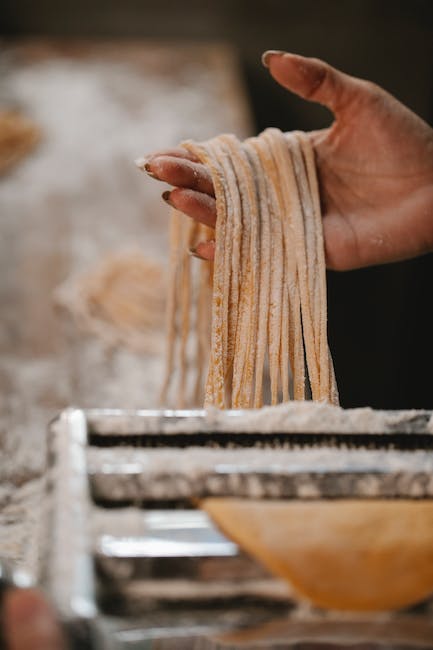
Why Resting Your Steak is Important
Cooking a perfect steak entails more than just searing a piece of meat. Following the removal from heat, it is highly recommended to rest meat. Allowing your steak to rest is an essential part of the process because it lets the juices redistribute throughout the steak. Without this, you could end up with a dry, less appetizing meal.
Conversely, a correctly rested steak will not lose as much juice when you cut into it. This means the moisture stays inside the steak, allowing the muscle fibers to reabsorb and redistribute it, leading to a tastier, juicy steak.
The Rule of Thumb for Resting Time
There’s no hard and fast rule about the exact duration required for resting a steak. However, a common rule of thumb suggests waiting at least five minutes for every inch of thickness. Importantly, the resting time varies depending on the size of the cut of meat and the level of doneness desired.
For instance, a perfect medium rare steak measuring 1.5 inches thick should rest approximately for 7-8 minutes. Nevertheless, it is crucial to remember that the steak will continue to cook during this time as the heat distributes towards the center of the steak from the exterior.
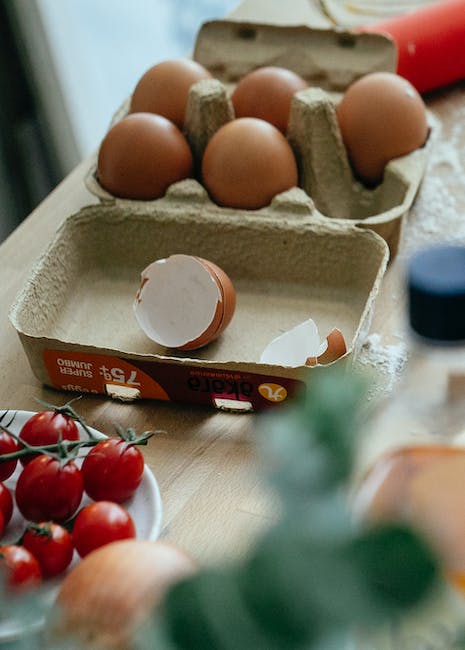
Wrapping Your Steak with Aluminum Foil
If you want to maintain the internal temperature of the steak during the resting period, consider covering it lightly with aluminum foil. The foil can help preserve the heat within the cut of meat, allowing it to continue to cook slightly.
Besides, it helps to elevate the final internal temperature by around 5 degrees. Consequently, wrapping your steak in aluminum foil aids in preserving its heat while letting the juices of the steak redistribute, making for a more juicy, tender, and flavorful steak.

Resting Your Steak on a Cutting Board
You could choose to rest your steak on a plate. However, your best bet is to use a cutting board. A juice groove on the board can effectively retain the flavorful juices released during the resting period, preventing it from spilling onto your kitchen counter.
Before serving, you can reapply these juices onto the steak, thereby enhancing the taste and succulence. Plus, resting your steak on a cutting board promotes uniform cooking throughout the steak, ensuring that your steak achieves a perfect medium rare or your preferred level of doneness.
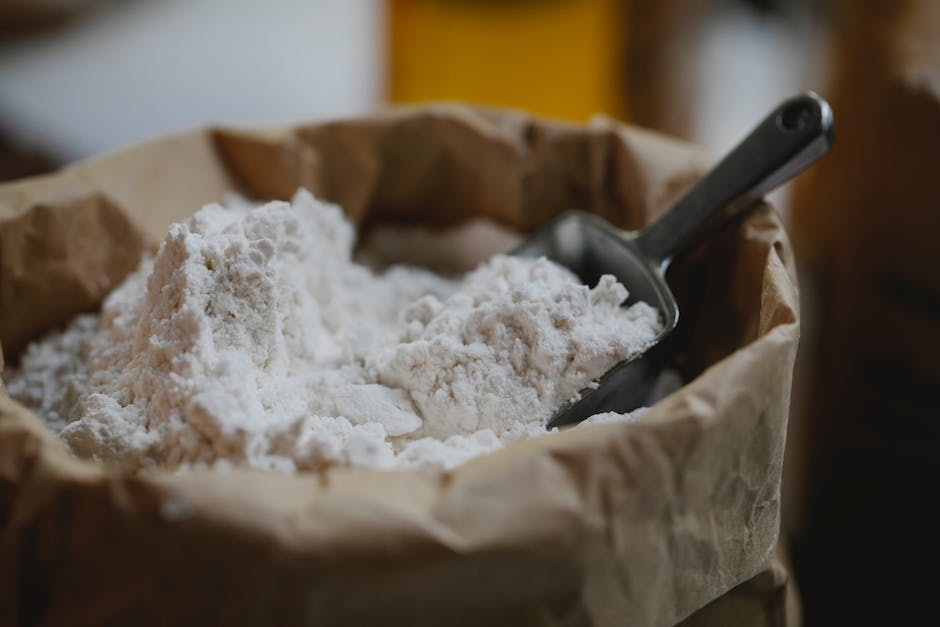
Determining the Perfect Internal Temperature
When it comes to cooking steak, hitting the right internal temperature is important. For a medium rare steak, the target is around 130 to 135 degrees Fahrenheit. However, keep in mind that the steak’s temperature will continue to rise during the resting period.
Monitoring the steak’s internal temperature using a meat thermometer and removing it from heat 5 degrees before it hits your desired temperature is a good rule of thumb. This primes the steak to reach that perfect medium-rare range while resting.

The Impact of Resting Time on Different Cuts
The distinct anatomy of different steak cuts impacts the optimal resting time. For example, a tougher cut of meat with multiple muscle groups, like a ribeye, may require a longer rest than a tender filet mignon.
Allocating sufficient rest time ensures internal moisture retention and an enhancement of the naturally delicious flavors in each cut. Always remember to consider the meat’s size and thickness into your resting time for that soft, tender bite with every piece.

Signs that Your Steak is Ready to Be Served
Identifying whether a steak is ready to be served after being rested can be somewhat tricky. However, touch and temperature are two reliable indicators. When you lightly press the center of the steak and it springs back quickly, it’s a clear sign that it’s ready.
In addition, using a roasting thermometer to check the steak’s internal temperature is a more accurate method. If the internal temperature shows a perfect medium rare (130 to 135°F), cut along the grain and serve your perfectly rested steak.
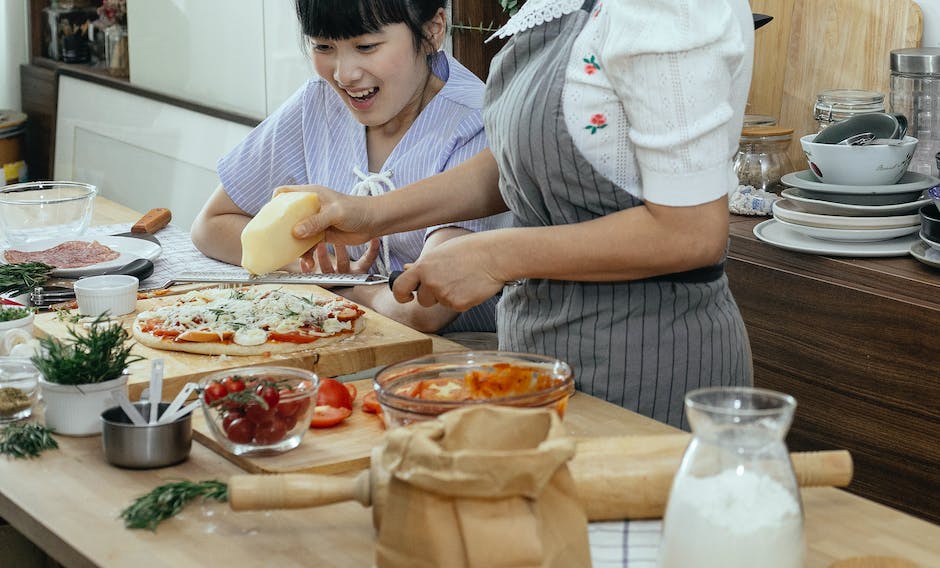
The Impact of Resting on Your Steak’s Texture
Allowing your steak to rest strengthens the texture of the meat. As the juices distribute evenly, the muscle fibers in the steak relax and reabsorb the moisture. This results in a more tender and succulent piece of meat, enhancing the overall dining experience.
This resting period changes the composition of the steak, focusing on the key elements: flavor, tenderness, and juice. With an adequately rested steak, you get the perfect mesh of these elements, producing a robust and satisfying flavor experience.
1. Why is the resting time important for a perfectly cooked, juicy steak?
The steak continues to cook from the residual heat during the resting period. This allows for the juices to settle and redistribute within the steak, which leads to a more moist and flavorful meal.
2. Is it necessary to cover the steak with aluminum foil during the resting period?
Covering the steak with aluminum foil is not necessary, but it helps maintain the steak’s internal temperature, which allows it to continue to cook slightly during the resting time.
3. How does resting a steak on a cutting board compare to resting it on a plate?
Resting your steak on a cutting board helps retain the flavorful juices released during the resting period while promoting even cooking throughout the steak.
4. What should be the internal temperature of a perfect medium rare steak?
The optimal internal temperature of a medium-rare steak is typically between 130 to 135 degrees Fahrenheit.
5. How long should I let a 1-inch thick steak rest?
The rule of thumb suggests allowing a steak to rest for at least five minutes per inch of thickness. So, a one-inch steak would ideally need to rest for approximately five minutes.
6. How does resting time vary for different cuts of steak?
The resting time varies according to the cut of the meat, its size and thickness, and the desired level of doneness. A tougher cut with multiple muscle groups, like a ribeye, might require longer rest times compared to a tender filet mignon.
7. How do I know when the steak is ready to be served after resting?
A steak is ready to be served if it quickly springs back when lightly pressed in the center. Alternatively, a more accurate method is to use a roasting thermometer to check if the internal temperature of the steak is in the perfect medium-rare range (130 to 135°F).
8. How does the steak’s texture change after resting?
Allowing your steak to rest improves the overall texture of the meat by letting the muscle fibers reabsorb and evenly redistribute the juices. This resting process results in a more tender, flavorful steak.
9. Is the resting process a crucial part of cooking the perfect steak?
Yes, the resting process is an important part of cooking steak. It not only intensifies flavors but also retains the juiciness of the steak, contributing to its overall quality.
10. Can my steak continue to cook even after taking it off the heat?
Yes, steak will continue to cook after removing it from the heat due to the residual warmth. This phenomenon is known as “carryover cooking,” and it is why a cooked steak is allowed to rest before serving.




